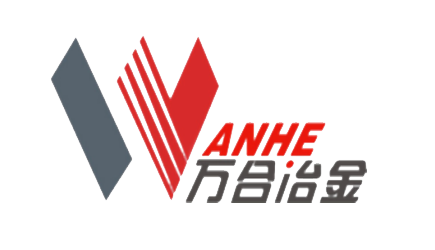Open and rewind
The uncoiling and recoiling unit is a critical piece of equipment in production lines for coated, galvanized, and other metal sheet materials, designed to support and drive steel coils during the unwinding and rewinding processes.
Category:
Keywords:
Open and rewind
Coil unwinders and coil winders are indispensable components of various strip and sheet production lines, serving respectively for the unwinding and winding of strips and sheets, while simultaneously generating unwinding tension and winding tension along the production line. Depending on different plate thicknesses and customer requirements, our company can design and manufacture both jaw-type winders and seamless winders.
The automatic strip-centering function under the Center Control System (CPC) enables top unwinding operations while maintaining back tension in the strip. The machine design incorporates a support-arm mechanism driven by hydraulic cylinders to securely hold the coil head, enhancing stability throughout the process. Meanwhile, the rewinding unit is responsible for recoiling the processed sheets into new coils, working seamlessly with the unwinder to ensure a continuous production flow. Modern production lines typically feature two unwinders operating in alternating fashion, guaranteeing uninterrupted manufacturing continuity.
1. Equipment Composition:
a) Winding and Unwinding Unit: Cantilever floating structure, comprising a roll, gearbox, motor, brake, base, centering cylinder, piping system, and more.
b) Coil-loading and unloading carriage: Composed of a lifting saddle, lifting hydraulic cylinder, rails, wheels, a reduction motor (or hydraulic motor), rails, and movable guide plates, among other components.
c) Auxiliary Support: A support system used at the ends of the roll, consisting of a hydraulic cylinder, swing arm, end support, and other components.
d) Reel assist device: Composed of a belt, hydraulic cylinder, fixed bracket, movable bracket, drag chain, and more.
2. Equipment Parameters:
Raw Materials |
Board width |
Board Thickness
|
Craft Speed |
Elongation |
Cold-rolled steel sheets, galvanized steel sheets, copper strips, and aluminum strips |
300–1500 mm |
0.15–6 mm |
30–220 m/min |
0.3% to 3% |
Previous page
Next page
Previous page
Optical Complete Machine
Next page
Aluminum alloy casting is a manufacturing process that involves pouring molten aluminum alloy into a mold, allowing it to cool and solidify into the desired part shape. It is widely used in industries such as automotive and aerospace. The main casting methods include sand casting, metal die casting, die casting, and low-pressure casting, each suited to different levels of complexity and production volumes—for instance, sand casting is ideal for large components, while die casting enables high-precision, high-volume production.
CNC machining is a modern mechanical processing technology that achieves high precision and efficiency through computerized, digital control. As a core component of advanced manufacturing techniques, it is rapidly advancing toward even greater precision, higher efficiency, and increased intelligence—making it an indispensable key technology in today’s industrial manufacturing.
CNC machining is a modern mechanical processing technology that achieves high precision and efficiency through computerized, digital control. As a core component of advanced manufacturing techniques, it is rapidly advancing toward even greater precision, higher efficiency, and increased intelligence—making it an indispensable key technology in today’s industrial manufacturing.
The hydraulic three-way valve is a critical component used in hydraulic systems to control fluid flow direction. It features three ports, enabling functions such as fluid diversion, confluence, or directional switching.


